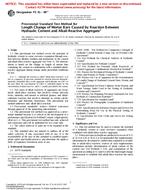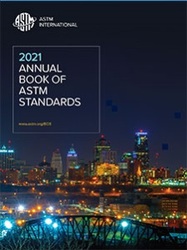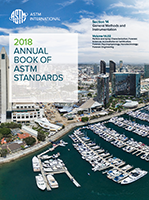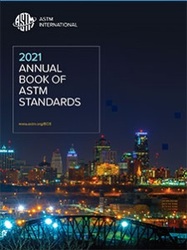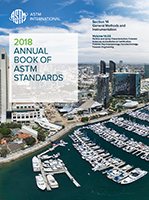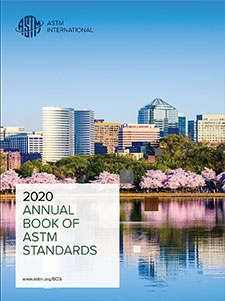Description
1.1 This provisional test method covers the potential of hydraulic cement to cause excessive expansion through reaction between alkalies (sodium and potassium) in the cement and alkali-silica reactive aggregate (see Note 1). The determination is based on the change in length of mortar bars containing the cement in combination with a standard alkali-reactive aggregate during storage under prescribed conditions of test.
Note 1-Although the reaction is called “alkali-silica reaction”, it in fact is a sequence of processes initiated by reaction between thermodynamically metastable silica in the aggregate and hydroxide ion (OH-) in the pore fluid, the concentration of which is controlled largely by the concentration of alkali ions (Na+ and K+), usually provided by the cement.
1.2 Two types of alkali reactivity of aggregates are recognized: alkali-silica reaction, that involves certain siliceous rocks, minerals, and natural or artificial glasses, and alkali-carbonate reaction, that involves dolomite in certain calcitic dolomites and dolomitic limestones. This provisional test method addresses only alkali-silica reaction.
1.3 Provisional standards achieve limited concensus through approval of the sponsoring subcommittee.
1.4 This provisional test method was approved as a provisional standard because it is critical in the development of a performance specification for Portland Cement, a high-priority effort in C-1. This provisional test method has only achieved sub consensus and will be published for two years only.
1.5 The values stated in SI units are to be regarded as the standard.
1.6 This standard does not purport to address all of the safety concerns, if any, associated with its use. It is the responsibility of the user of this standard to establish appropriate safety and health practices and determine the applicability of regulatory limitations prior to use.
Product Details
- Published:
- 05/01/1998
- Number of Pages:
- 5
- File Size:
- 1 file , 52 KB

